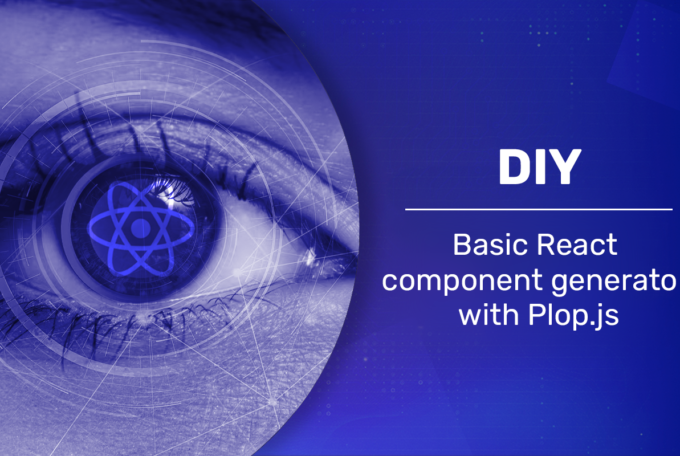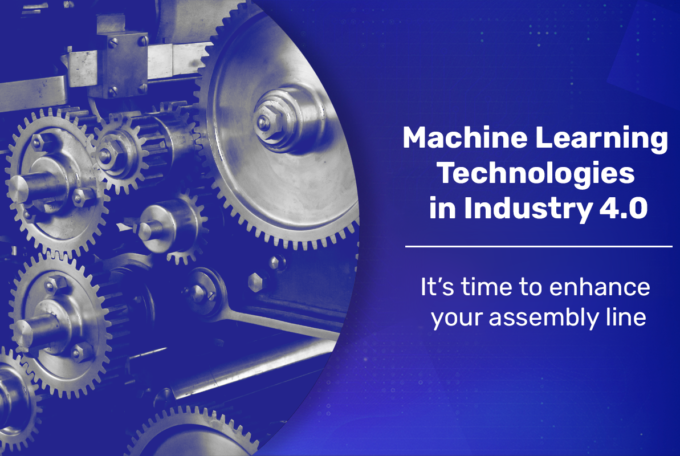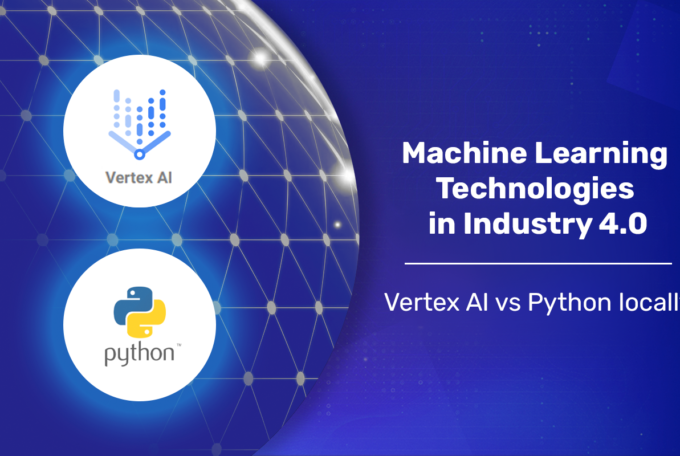With new technologies new possibilities emerge. And that’s how cloud-native happened. The thing is, cloud-native is an approach to developing and delivering software and not just a description of where the software is deployed. Cloud-native applications are built with cloud in mind, sure. But the process itself is the key to understanding cloud-native and what benefits it can bring.
Cloud-like Delivery Model
While the possibilities of the cloud itself are important, cloud has also brought a new perspective on the development process and companies who moved into the cloud are constantly pushing to become more agile. The four keys to the cloud-native approach are: DevOps, agile, microservices and containers. When you combine them, you get a model for continuously delivering high quality software that’s scalable at all times and solves users’ problems. What does each of the four keys bring to the cloud-native table?
DevOps
The DevOps methodology pushes IT teams to be more integrated and work together to deliver continuous improvement. It’s important in a cloud-native model, because the cloud itself strongly encourages CI/CD. Because cloud-native applications are also based on microservices and containers, there’s much more room for experimenting and it’s easier to implement changes. And that’s where DevOps can really thrive.
Agile
The next thing that’s extremely important for the cloud-native approach is agile. Continuous delivery comes from agile and it’s important to implement it into the process. Releasing smaller batches of software enables companies to work quicker, get user feedback faster and reduce risk. The process of deployment itself becomes more reliable and the automation involved can make more room for IT team to innovate and grow.
Microservices
Microservices are the heart of cloud-native applications. They are a special model of an application’s architecture that’s based on several smaller services that can work independently. Each service runs its own processes and communicates with other services (for example via API). What’s the most important about microservices is that each one of the services is independent. This means that each one can be deployed, upgraded, scaled or restarted without affecting others. Such an architecture enables continuous delivery models because it’s possible to make smaller, more frequent updates without affecting the users.
Containers
I’d love to say that containers are the cherry on top of this cloud-native cake, but they’re actually so much more. Containers are what enables microservices to work so well. Here’s how: a single OS instance is dynamically divided among one or more independent containers, each with a unique writable file system and resource quota. Because of this, containers are much more efficient and provide better performance than traditional virtual machines. An environment of multiple containers packed inside a virtual machine is ideal for implementing microservices and, therefore, enables the whole cloud-native approach to work.
What Do The Cloud-Native Apps Bring To The Table?
It’s important to mention that, while the name might suggest otherwise, cloud-native is an approach and not a type of an application. When someone says “a cloud-native app” they mean an app that’s continuously improved, built on containers and microservices and is highly scalable. Cloud platforms are a perfect environment for cloud-native development and support all the benefits of this approach. What’s the most important here, is that if the companies adapt this cloud-native approach, they will be able to get even more out of the cloud platforms available. And that means more productivity, lower costs, increased revenue and more satisfied customers.
With cloud platforms we already get a handful (or more) possibilities to deliver better, more scalable software. But combining the technology with this cloud-native approach brings something even better to the table. Both for the businesses and the consumers. On the business-side of things, there’s more flexibility and scalability. Cloud-native applications can better respond to your business’s needs and will help you align operations with core business activities. The level of automation provided by cloud platforms is also greatly contributing to reducing risks associated with live patching and upgrades.
Are you looking for a cloud-native team that can deliver state-of-the-art software in the cloud? Contact our specialists to learn what we can do for you.




